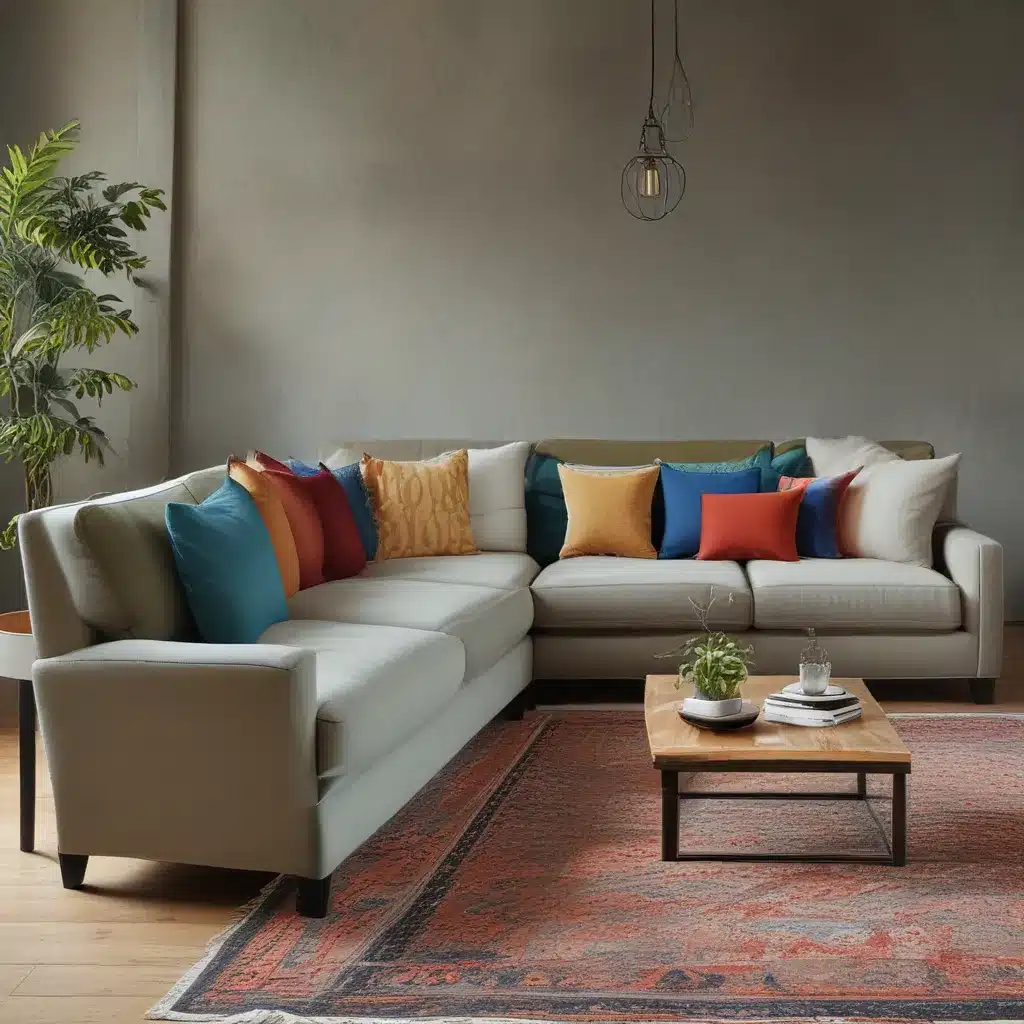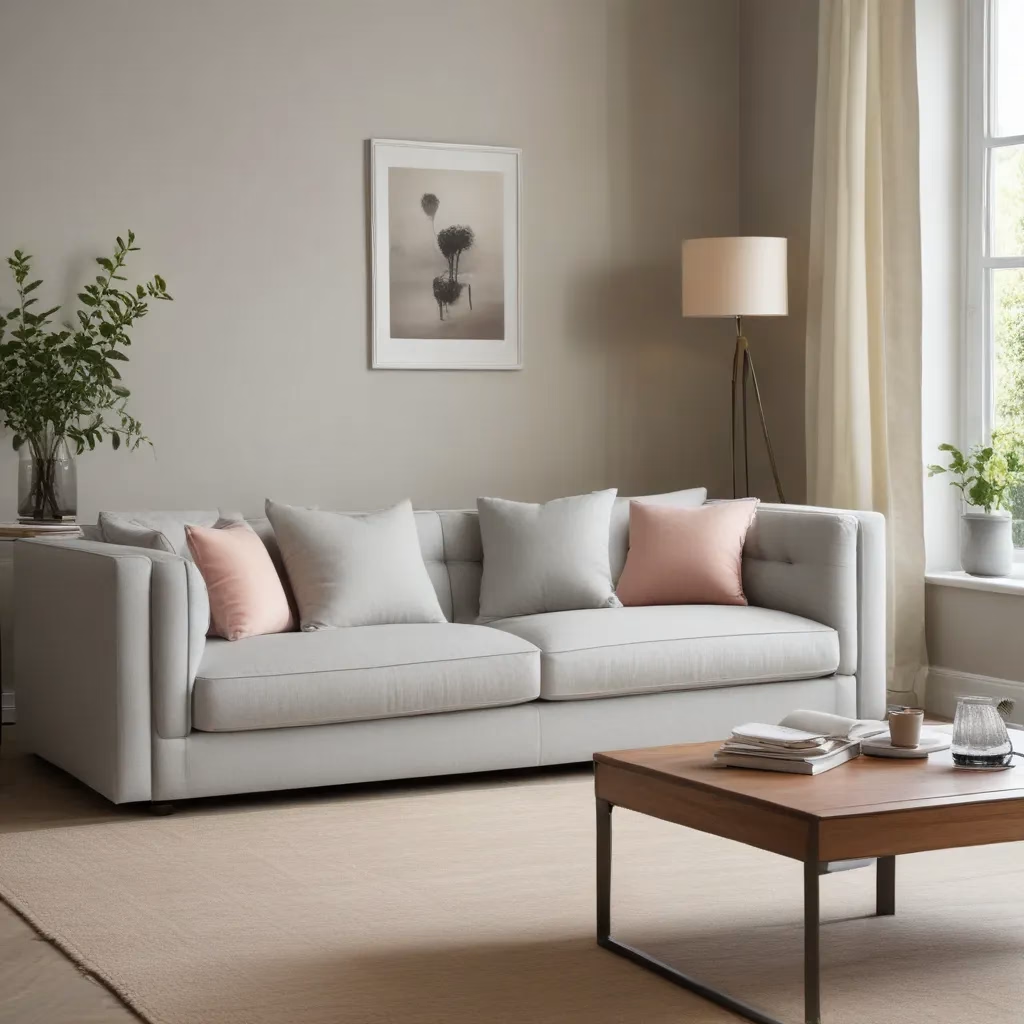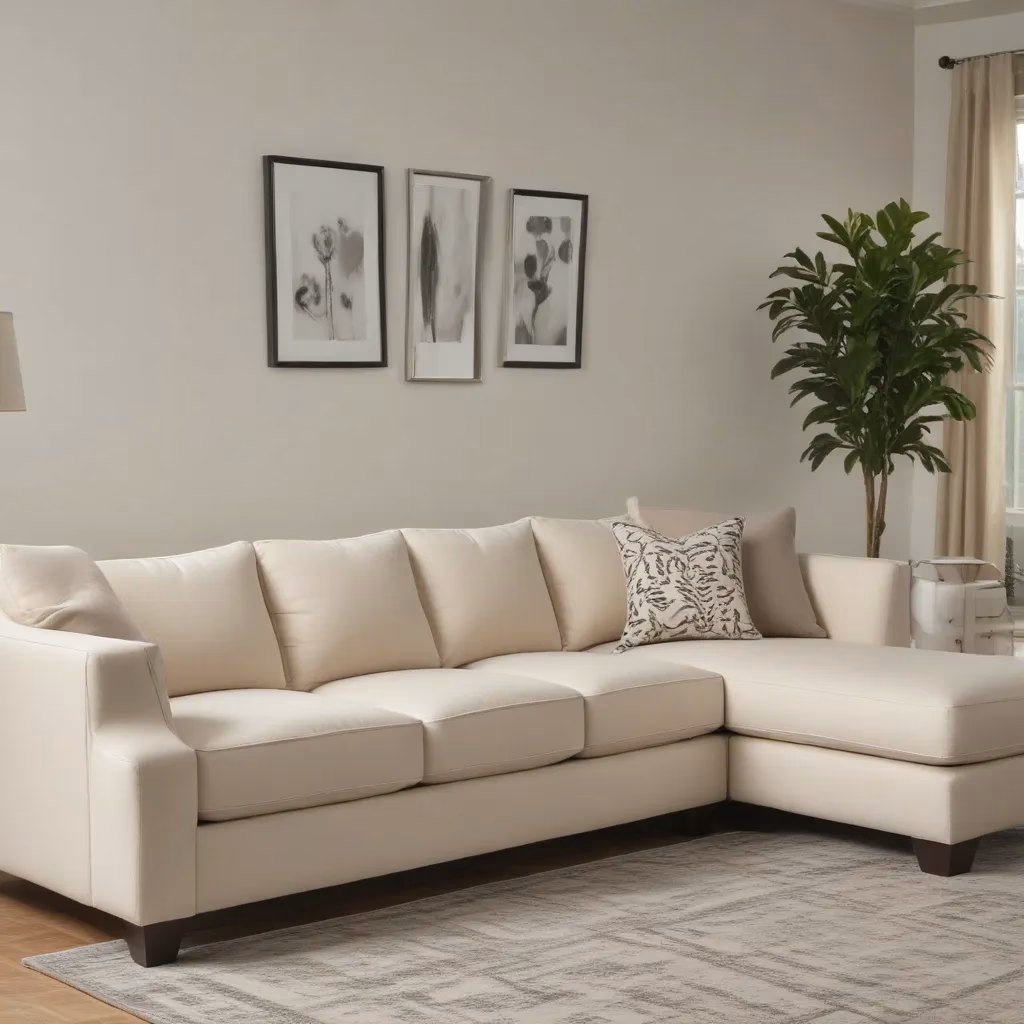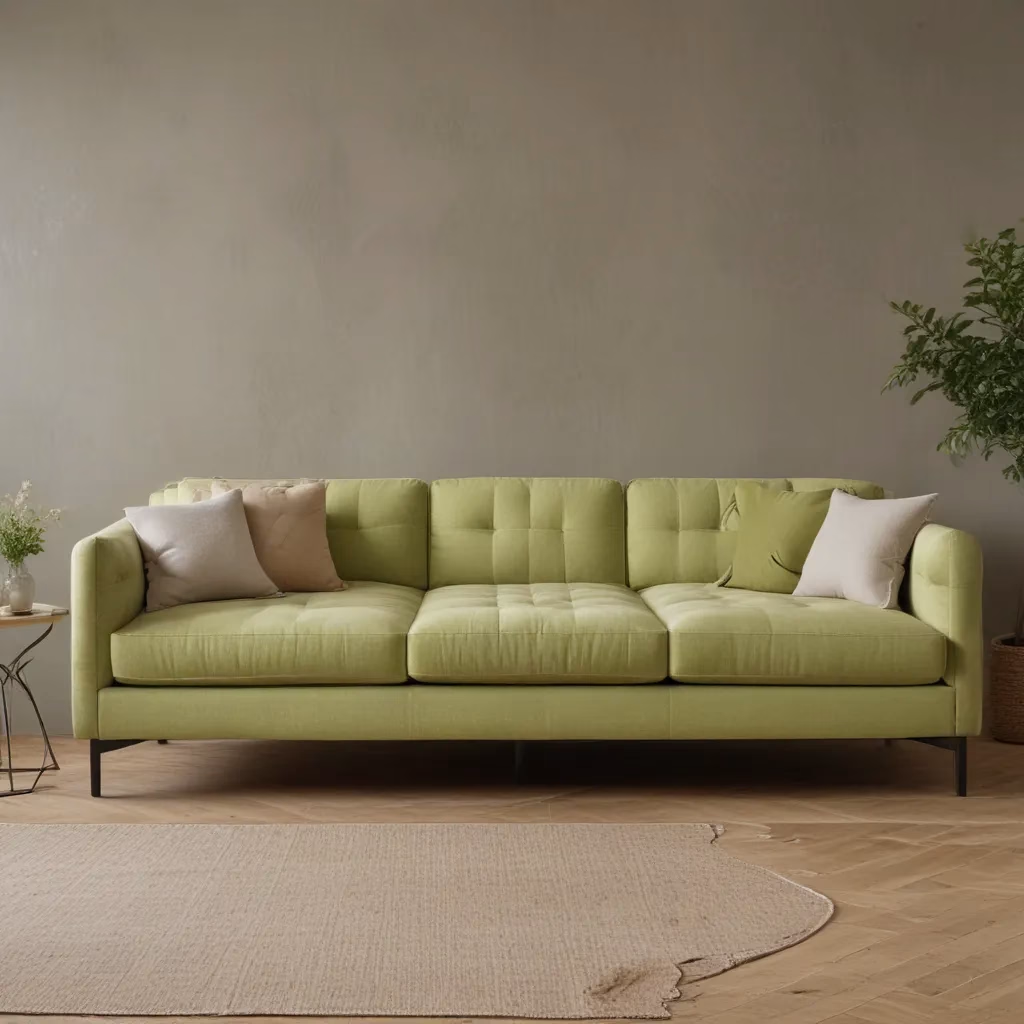Crafting the Couch of Your Dreams
I’ll never forget the day I moved into my first place. As a new homeowner (well, condo owner – close enough!), I had the daunting task of furnishing an entire space from scratch. Coming from a tiny studio apartment, I literally owned nothing more than a rolling computer chair and a basic table.
When it came time to start shopping for a sofa, I was shocked by the prices. I mean, who knew a simple couch could cost upwards of £2,000? Not this gal. That’s when a lightbulb went off – why not try making my own?
As I dove into researching the process, I was surprised to find a lack of comprehensive resources explaining the ins and outs of DIY sofa construction. But hey, that just meant I got to be the one to share the scoop, right? So grab a cup of tea and get ready to learn everything you never knew you needed to know about creating a custom couch that’s all your own.
Traditional vs. Modern Sofa Design
Before we get into the nitty-gritty of actually building a sofa, let’s take a moment to understand the two main design approaches: traditional and modern.
Traditional couches are those vintage, ornate styles you might find in a fancy sitting room. They often feature intricate, carved wooden frames and cushions that are upholstered right into the fabric. The downside? If the cushion or fabric ever needs replacing, you’re looking at a complete overhaul.
In contrast, modern sofa designs separate the cushions from the frame, making them much easier to swap out. These pieces also tend to have cleaner, more streamlined silhouettes – think mid-century inspired or Scandinavian-influenced. While they may require a bit more effort to construct, the modular nature makes them a more practical long-term investment.
For my project, I opted to go the modern route. After all, the look I’m going for is less “formal parlor” and more “cozy yet stylish living room.” Plus, I figured it would be a bit easier for a first-time DIYer like myself. Sofas Spectacular has a great selection of modern, customizable designs that served as plenty of inspiration.
Laying the Groundwork
Okay, so you’ve decided on a modern sofa design – now what? Well, the first step is to get familiar with the key components that make up the structure. At the base, you’ve got your choice of either webbing or springs to provide support.
Webbing is the more budget-friendly option, involving a series of semi-elastic bands woven across the frame. It gets the job done, but isn’t quite as durable or comfortable as springs in the long run. Those come in two main varieties: S-springs (the wavy, serpentine kind) and the high-end eight-way tied coils.
According to one DIY expert, the eight-way tied springs are the Cadillac of sofa support systems. They evenly distribute weight no matter where you sit, resulting in a plush, springy feel. Of course, this premium construction also comes with a premium price tag.
Since I was working on a bit of a budget, I opted for the webbing approach. But if you’re hoping to create a sofa that will stand the test of time (and maybe a few energetic puppy jumps), the eight-way tied springs might be worth the splurge.
Measuring Up
With the foundation figured out, it’s time to start thinking about the overall dimensions. A standard three-seater sofa is typically around 85 inches long, 35 inches deep, and 35 inches high. But of course, the “perfect” size is really a matter of personal preference and the available space in your home.
One important measurement to keep in mind? The seat height. This can range anywhere from 13 to 20 inches, with 18 inches being the most common. The deeper the seat, the more your feet might dangle if you’re on the shorter side. Similarly, the back height (usually around 15 inches) can impact overall comfort and support.
To get a customized fit, I recommend sketching out a few different layouts and trying them in the room where your new sofa will live. This will help you nail down the ideal size, as well as determine if you want a more upright 90-100 degree seat angle or a more relaxed 15 degree recline.
Sourcing Supplies
Alright, now that we’ve covered the structural basics, it’s time to start assembling the materials. In addition to the wood, webbing, and springs, you’ll need fabric for the upholstery, foam for the cushions, and any hardware like screws or staples.
According to one DIY expert, the cushions tend to be the most expensive part of a homemade sofa. So if you’re working within a tight budget, it might be worth considering a more basic seat material like high-density foam rather than premium down-filled cushions.
As for the upholstery fabric, I went with a soft microfiber that I found at my local craft store. Sure, it’s not the most luxurious option out there, but it gets the job done and fits my aesthetic. Plus, it’s easy to sew and won’t require any specialized equipment.
Oh, and don’t forget to factor in the cost of tools! Things like a miter saw, drill, and staple gun are essential for DIY sofa construction. If you don’t already have them in your workshop, be prepared to make that investment upfront.
Measuring Twice, Cutting Once
With all the supplies gathered, it’s time to start the actual building process. I’ll be honest – this part definitely took some trial and error. But the key, as they say, is to measure twice and cut once.
I started by sketching out my ideal sofa design, playing with different configurations and dimensions until I landed on something that felt just right. Then it was time to start cutting the wood to size. I made sure to double-check each measurement before making a single slice, as even the slightest miscalculation can throw the whole thing off.
For the base, I opted for classic mortise and tenon joints – a time-honored woodworking technique that creates an incredibly sturdy connection. The rest of the frame came together with pocket screws, which offered a more streamlined look. And of course, I couldn’t forget to account for the width of the wood itself, rather than just relying on the nominal measurements.
Once the frame was assembled, it was time to tackle the webbing. I’ll admit, this part was a bit of a workout, as the material is tough and requires some serious elbow grease to stretch and secure. But with the help of a webbing stretcher tool, I managed to get everything tightly woven and in place.
Cushion Conundrum
With the structural foundation complete, it was time to move on to the fun part – the cushions! I decided to go with a three-seat, three-back configuration, ordering the foam inserts and sewing the microfiber covers myself.
As the DIY expert noted, getting the cushion measurements just right is crucial. I made the mistake of not accounting for the extra width when cutting the fabric, which resulted in a slight overhang on the sides. Not a dealbreaker, but definitely something I’ll improve on next time.
The process of compressing the foam to stuff it into the covers took a bit of trial and error as well. But once I got the hang of it, the assembly started moving along pretty quickly. I even whipped up a few accent pillows to complement the overall look.
The Finishing Touches
With the structural and upholstery elements complete, it was time to put the final polish on my custom creation. I went with a rich, walnut-inspired stain to complement the microfiber fabric, sealing it all up for a nice, clean finish.
As I stepped back to admire my handiwork, I had to chuckle. Who would have thought that a girl with zero prior sofa-making experience could end up with such a stylish, functional piece of furniture? Certainly not me. But hey, a little determination, a lot of measuring, and a dash of creativity can go a long way.
Now, my new custom couch is the centerpiece of my living room, and I couldn’t be prouder. Sure, it may not have cost a cool £2,000 like some store-bought options. But the sense of accomplishment I feel every time I sink into those plush cushions? Priceless.
So if you’re looking to add a unique, personalized touch to your space, I highly recommend giving DIY sofa-making a try. With a little elbow grease and a lot of patience, you can craft the couch of your dreams – no interior designer required. Just don’t be surprised if your friends start asking you to build one for them, too!




